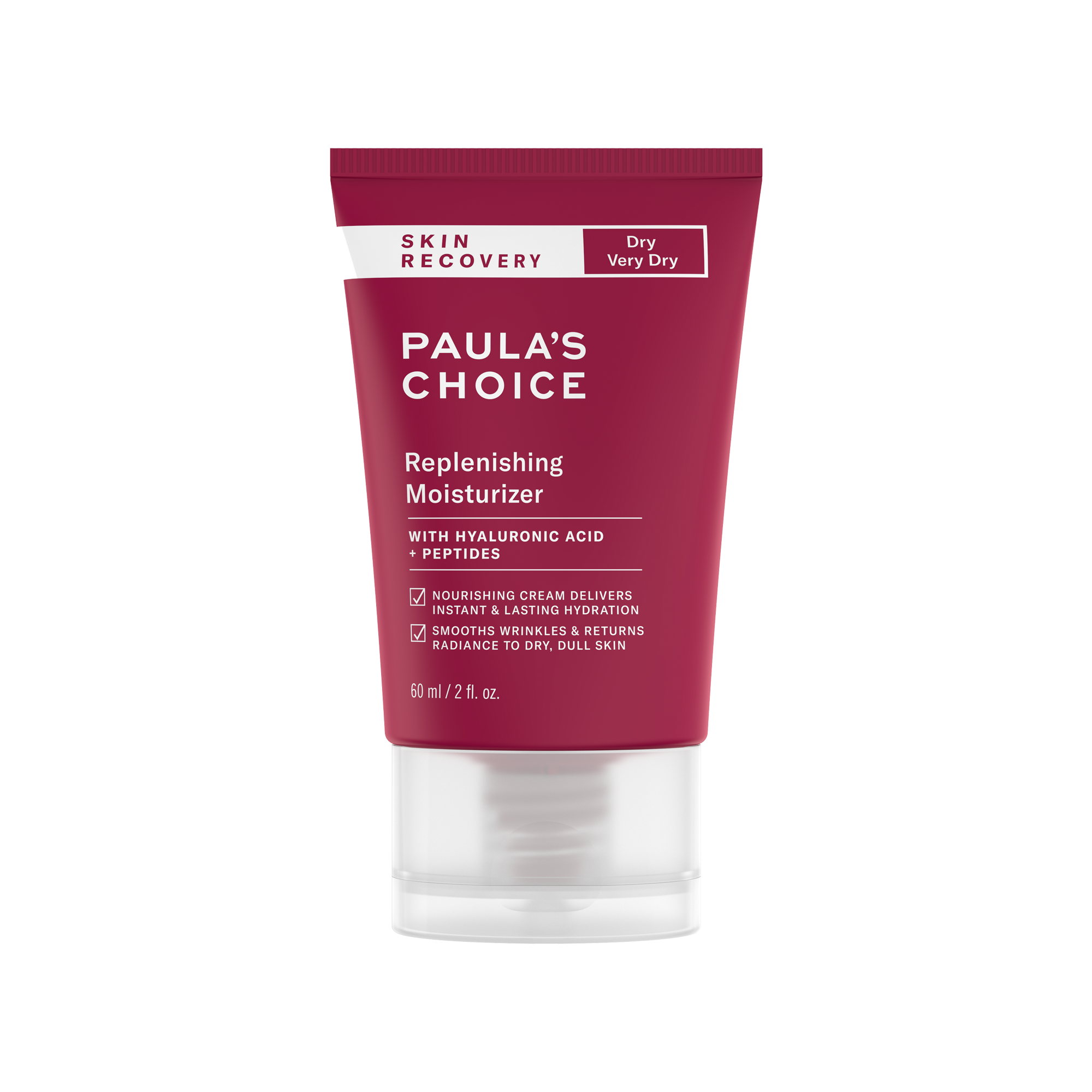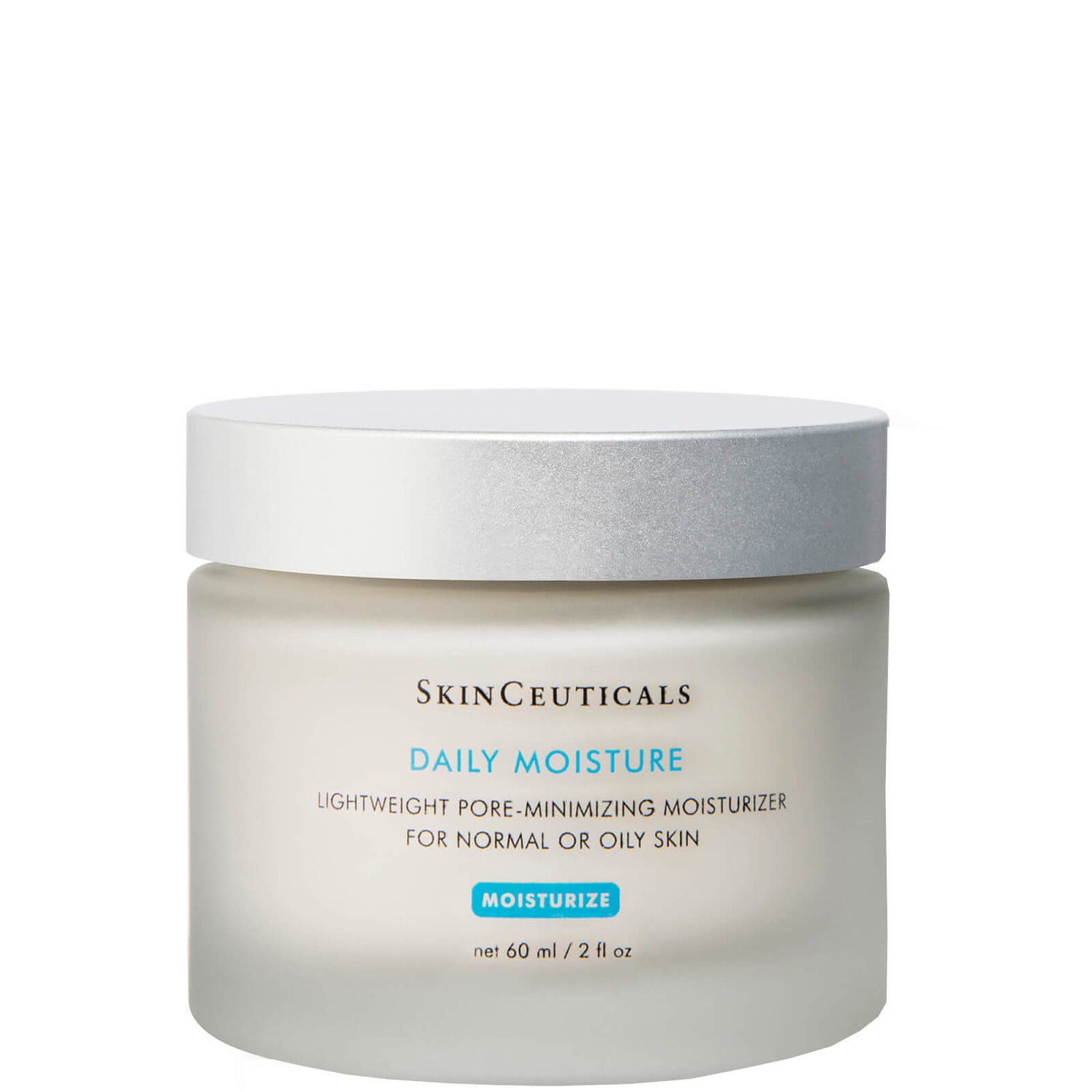Topic moisturizer sits on top of skin: Discover how to ensure your moisturizer transcends mere surface application, delving deep into your skin for unmatched hydration and radiance. Unlock the potential of your skincare routine.
Table of Content
- Understanding Moisturizers and Serums
- Why Moisturizers May Sit On Top of Your Skin
- Key Factors Affecting Moisturizer Absorption
- Steps to Enhance Moisturizer Efficacy
- Why does moisturizer sometimes sit on top of the skin instead of being absorbed?
- YOUTUBE: Is Your Skin Still Dry and Dehydrated After Moisturizing? Find Out Here | Susan Yara
- Choosing the Right Moisturizer for Your Skin Type
- Common Mistakes in Moisturizer Application and How to Avoid Them
- Advanced Tips for Maximizing Moisturizer Benefits
- The Role of Skin Prep Before Moisturizer Application
- How to Tell If Your Moisturizer Is Working
Understanding Moisturizers and Serums
Moisturizers provide surface hydration, whereas serums penetrate deeply to deliver active ingredients. The right application technique ensures your skin reaps the full benefits.
Step-by-Step Application Guide
- Cleanse your face to remove impurities.
- Apply toner to balance skin.
- Exfoliate regularly to remove dead skin cells.
- Apply serum for deep treatment.
- Follow with moisturizer to lock in hydration.
- Finish with sunscreen to protect from UV damage.
Choosing the Right Products
Consider your skin type and concerns when selecting serums and moisturizers. Ingredients like hyaluronic acid and ceramides enhance hydration and skin barrier function.
Tips for Effective Use
- Avoid applying too much product to prevent clogged pores.
- Allow serum to absorb before applying moisturizer.
- Opt for non-comedogenic products to avoid breakouts.
Following these steps will help your moisturizer absorb better into your skin, rather than just sitting on top, for a healthier, more radiant complexion.
:max_bytes(150000):strip_icc()/Why-your-moisturizer-isnt-working_final-564c059accb84ca988aa5a5fe82d44c6.png)
READ MORE:
Why Moisturizers May Sit On Top of Your Skin
One common reason moisturizers may not absorb properly into the skin is due to the natural protective barrier of the skin, which is oil-based. This barrier can repel water-based products, causing them to sit on top rather than being absorbed. Moreover, the presence of certain ingredients in your skincare products, such as high amounts of silicones, can lead to pilling, where the product balls up on the skin instead of absorbing.
To improve absorption and prevent your moisturizer from sitting on top of the skin, consider these strategies:
- Avoid High-Silicone Products: Silicones can prevent other products from absorbing properly. Choose products with lower silicone content for better absorption.
- Match Product Types: Use products with similar bases (oil-based with oil-based, water-based with water-based) to enhance absorption and prevent pilling.
- Take Time with Application: Allow each layer of your skincare to absorb fully before applying the next. This can prevent pilling and ensure each product is effective.
- Exfoliate Regularly: Exfoliating helps remove dead skin cells, promoting smoother skin and better absorption of skincare products.
- Apply Less Product: Using too much product can lead to excess sitting on the skin"s surface. Apply only as much as needed to cover the skin.
Additionally, choosing products without fragrances and with suitable ingredients for your skin type can help. Fragrance-free products are recommended, especially for sensitive skin, to avoid irritation and inflammation, which can hinder the effectiveness of moisturizers. Ingredients such as humectants, occlusives, emollients, and ceramides are beneficial for hydrating and protecting the skin.
Key Factors Affecting Moisturizer Absorption
Several key factors can affect how well a moisturizer is absorbed by the skin. Understanding these can help you choose the right product for your skin type and apply it in a way that maximizes its effectiveness.
- Skin Type: Oily, dry, normal, or combination skin types absorb moisturizers differently. Dry skin may absorb moisturizer quickly, while oily skin may resist absorption.
- Moisturizer Formula: The base of the moisturizer (water-based, oil-based, or gel-based) plays a significant role in absorption. Water-based moisturizers are lighter and generally absorb more quickly than oil-based ones.
- Application Timing: Applying moisturizer to damp skin right after showering can enhance absorption as the skin is more receptive to hydration.
- Product Layering: The order of application and the types of products used can impact moisturizer absorption. Always apply lighter products first and give them time to absorb before applying heavier creams or oils.
- Skin Condition: The presence of skin conditions like eczema or psoriasis can affect moisturizer absorption, often requiring specialized formulas.
- Environmental Factors: Humidity and temperature can influence how the skin absorbs moisturizers. Higher humidity can improve moisture retention, while cold, dry conditions can hinder absorption.
- Exfoliation: Regular exfoliation removes dead skin cells that can block moisturizers from penetrating the skin effectively.
By considering these factors and adjusting your skincare routine accordingly, you can improve the efficacy of your moisturizer and the overall health of your skin.

Steps to Enhance Moisturizer Efficacy
To ensure your moisturizer is as effective as possible, follow these steps to enhance its absorption and the health of your skin:
- Cleanse Gently: Start with a gentle cleanser to remove impurities and excess oils, preparing your skin for moisturization.
- Exfoliate Regularly: Exfoliating 1-2 times a week helps remove dead skin cells, allowing moisturizers to penetrate more deeply.
- Apply to Damp Skin: Applying moisturizer to damp skin right after showering or washing your face helps lock in moisture.
- Use the Right Amount: Using too much or too little can affect efficacy. A pea-sized amount for the face and a dime-sized amount for the body is usually sufficient.
- Choose the Correct Formula: Select a moisturizer suited to your skin type (oily, dry, combination, sensitive) for the best results.
- Incorporate Serums: Use serums tailored to your skin’s needs under your moisturizer to target specific concerns and enhance overall skin health.
- Layer Correctly: Apply skincare products in the correct order – from thinnest to thickest consistency – to ensure proper absorption.
- Use Sun Protection: In the daytime, use a moisturizer with SPF or apply sunscreen over your moisturizer to protect skin from UV damage.
- Stay Hydrated: Drinking plenty of water supports overall skin hydration and enhances the effectiveness of topical moisturizers.
- Maintain a Healthy Diet: A diet rich in fruits, vegetables, and healthy fats can improve skin’s texture and ability to retain moisture.
By integrating these steps into your skincare routine, you can maximize the benefits of your moisturizer and achieve healthier, more radiant skin.
Why does moisturizer sometimes sit on top of the skin instead of being absorbed?
There are a few reasons why moisturizer may sit on top of the skin instead of being absorbed:
- Incorrect Application: If the moisturizer is not being applied correctly, it can sit on top of the skin instead of being absorbed. Make sure to apply moisturizer in gentle, upward strokes to help it penetrate the skin.
- Incorrect Product Choice: Using a moisturizer that is too heavy or rich for your skin type can also cause it to sit on top of the skin. Opt for a lighter formula that is better suited for your skin\'s needs.
- Dehydrated Skin: When the skin is dehydrated, it may not be able to effectively absorb moisturizer. In this case, it\'s important to use hydrating products such as sheet masks or toners before applying moisturizer.
- Clogged Pores: If the pores are clogged, the moisturizer may not be able to penetrate the skin. Regular exfoliation can help unclog pores and improve absorption.
Is Your Skin Still Dry and Dehydrated After Moisturizing? Find Out Here | Susan Yara
Hydration: \"Discover the ultimate secrets to glowing skin with our hydration video! Learn how to quench your skin\'s thirst and achieve a radiant complexion that will leave you feeling fresh and revitalized.\" Anti-aging: \"Ready to turn back the clock and embrace a more youthful appearance? Join us in our anti-aging video as we unveil the top skincare tips and tricks to achieve a rejuvenated and age-defying glow!\"
Dermatologist Skin Care: Sunscreen and Moisturizer for Fighting Aging
Dermatologist tips to hydrate and protect facial skin to fight aging. One of my favorite solutions: ...
Choosing the Right Moisturizer for Your Skin Type
Choosing the correct moisturizer for your skin type is crucial for maintaining healthy, hydrated skin. Here are guidelines to help you select the best option for your needs:
- For Dry Skin: Look for cream-based moisturizers that are rich in emollients and occlusives like shea butter, lanolin, or oils. These ingredients help to lock in moisture and repair the skin"s barrier.
- For Oily Skin: Opt for lightweight, water-based, or gel moisturizers that are non-comedogenic. These formulations hydrate the skin without adding excess oil or clogging pores.
- For Combination Skin: You may need to use two different moisturizers for different areas of your face. A lighter moisturizer can be applied to the oily T-zone, while a heavier cream may be needed for dry patches.
- For Sensitive Skin: Seek out fragrance-free, hypoallergenic moisturizers that contain soothing ingredients like aloe vera or chamomile, and avoid those with potential irritants such as alcohol or fragrance.
- For Normal Skin: A balanced, lightweight lotion that maintains skin hydration without being too heavy is ideal. Look for products that contain humectants like glycerin or hyaluronic acid.
- For Aging Skin: Choose moisturizers with anti-aging ingredients like retinol, peptides, and antioxidants. These can help improve skin texture, reduce wrinkles, and provide intense hydration.
Always patch test a new moisturizer before applying it to your entire face, and consider consulting with a dermatologist to address specific skin concerns and find the best moisturizer for your skin type.
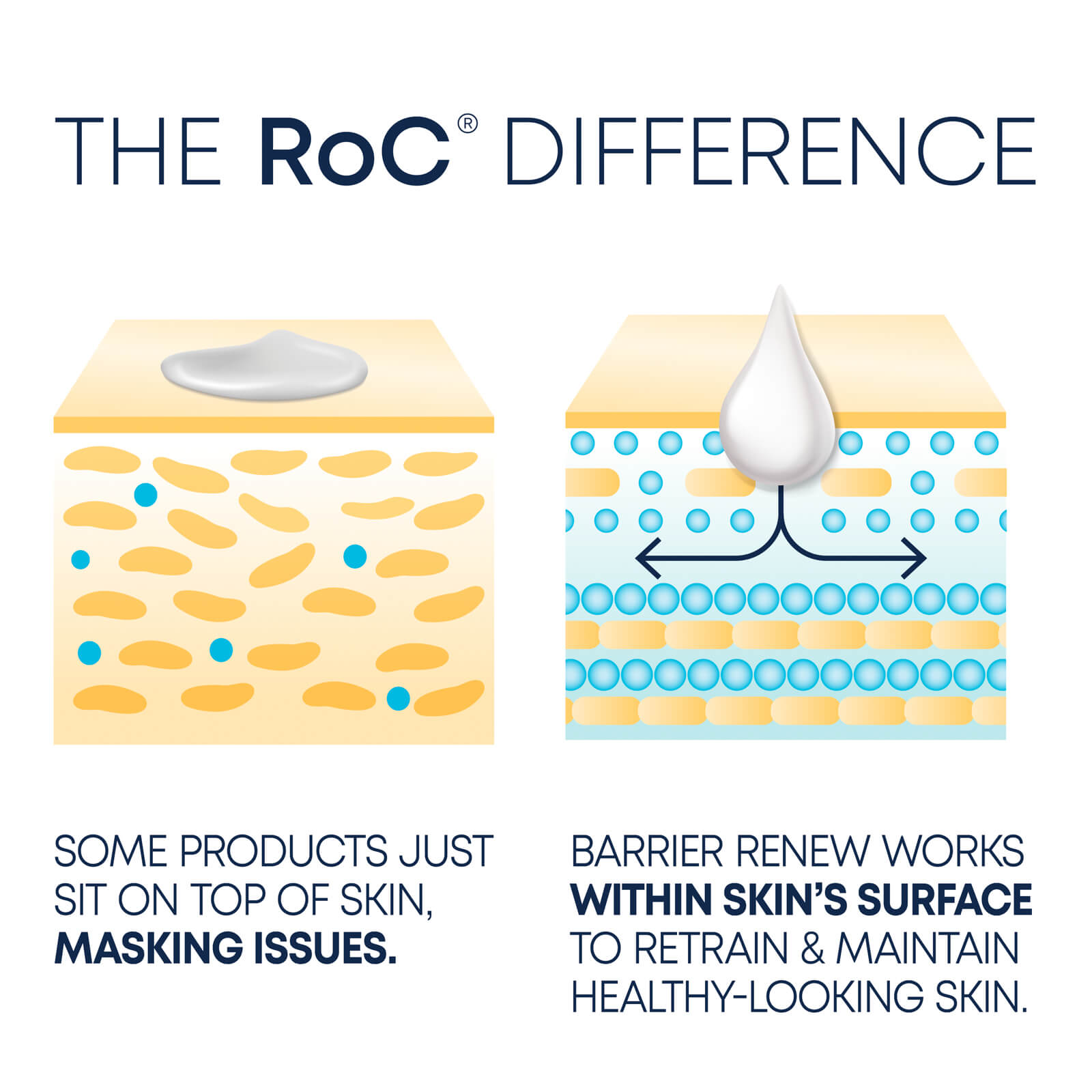
Common Mistakes in Moisturizer Application and How to Avoid Them
Applying moisturizer is a key step in maintaining healthy, hydrated skin, but common mistakes can reduce its effectiveness. Here are some typical errors and tips on how to avoid them:
- Applying on Dry Skin: Moisturizer traps existing moisture in your skin. Apply it to damp skin, ideally after bathing, to lock in moisture.
- Using the Wrong Formula: Ensure your moisturizer suits your skin type. Oily skin benefits from lightweight formulas, while dry skin may need richer creams.
- Over-Exfoliating: While exfoliation is crucial for removing dead skin cells, overdoing it can strip the skin of natural oils, making moisturizers less effective. Stick to exfoliating 1-2 times a week.
- Ignoring the Neck and Décolletage: These areas are prone to early signs of aging and should not be neglected in your moisturizing routine.
- Not Adjusting for Seasons: Your skin"s needs can change with the weather. You might need a heavier moisturizer in winter and a lighter one in summer.
- Applying in the Wrong Order: Moisturizer should be applied after serums and treatments but before sunscreen in the morning. At night, it should be the last step in your skincare routine.
- Using Dirty Hands: Always apply moisturizer with clean hands to prevent transferring bacteria to your face, which can lead to breakouts.
- Skipping SPF: During the day, use a moisturizer with SPF or apply sunscreen over your moisturizer to protect your skin from UV damage.
By avoiding these common mistakes, you can enhance the effectiveness of your moisturizer and maintain healthier skin.
Advanced Tips for Maximizing Moisturizer Benefits
To ensure your moisturizer delivers the best results, consider these advanced tips:
- Layering Products: Apply products in the correct order to enhance absorption. Start with the lightest consistency, like serums, followed by heavier creams or oils.
- Exfoliation: Regularly exfoliate to remove dead skin cells. This improves moisturizer penetration and efficacy.
- Application Timing: Apply moisturizer on damp skin, ideally after showering or washing your face, to lock in moisture.
- Humid Environment: Use a humidifier, especially in dry climates or seasons, to help maintain skin hydration.
- Boost with Hyaluronic Acid: Look for moisturizers with hyaluronic acid or add a hyaluronic acid serum to your routine for enhanced moisture retention.
- Customize for Day and Night: Use a lighter moisturizer during the day and a richer, more nourishing one at night to support skin"s natural repair process.
- Sun Protection: In the morning, opt for a moisturizer with SPF to protect skin from sun damage, which can dry out and age the skin.
- Diet and Hydration: Support skin hydration from the inside out by drinking plenty of water and consuming foods high in omega-3 fatty acids and antioxidants.
- Professional Treatments: Consider professional skincare treatments, such as facials or hydration-focused therapies, to boost your skin’s moisture levels.
- Sensitivity Check: Always patch test new products, especially if you have sensitive skin, to avoid irritation that can compromise skin’s moisture barrier.
By incorporating these advanced tips into your skincare routine, you can maximize the benefits of your moisturizer and achieve healthier, more radiant skin.
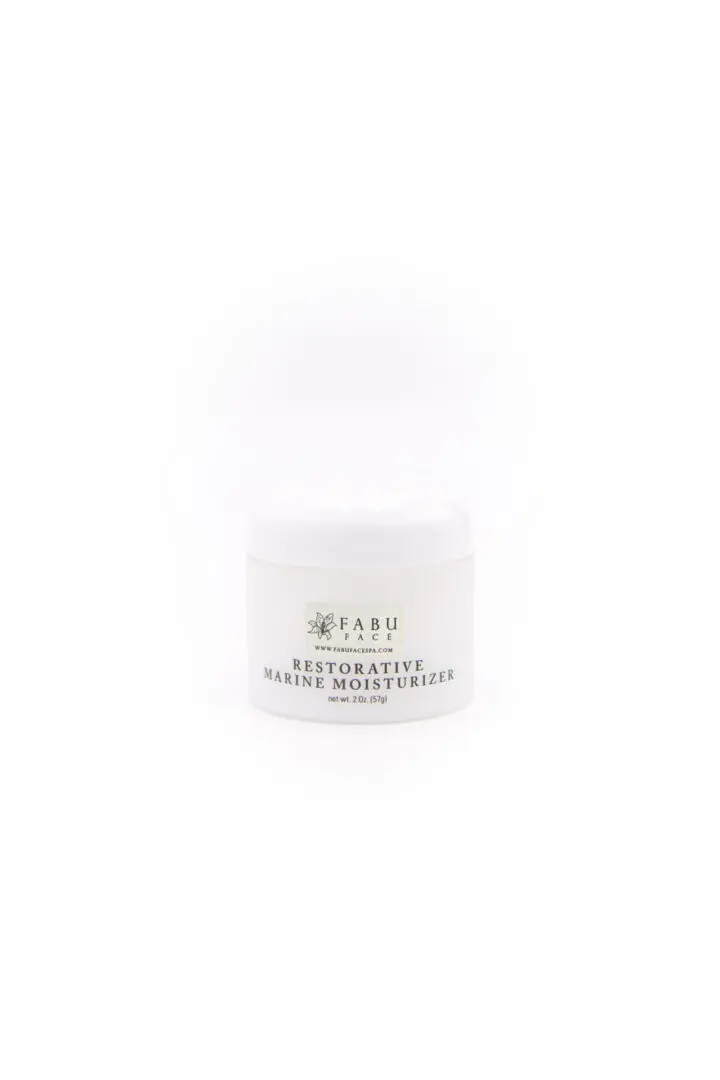
The Role of Skin Prep Before Moisturizer Application
Proper skin preparation is a crucial step to enhance the effectiveness of your moisturizer. Following these steps ensures your skin fully absorbs the product, maximizing its benefits:
- Cleanse Gently: Start with a gentle cleanser to remove impurities and excess oils from the skin without stripping it of its natural moisture. This creates a clean slate for moisturizer application.
- Tone: Apply a toner suited to your skin type to balance the pH levels and refine pores. Toning helps prepare the skin to better absorb moisturizers and serums.
- Exfoliate Regularly: Exfoliating 2-3 times a week removes dead skin cells, promoting smoother skin that absorbs moisturizer more efficiently. Choose a method suited to your skin type—chemical exfoliants for sensitive skin and mechanical ones for more resilient skin.
- Apply Essence or Serum: Essences and serums address specific skin concerns such as dryness, aging, or acne. Applying these products before your moisturizer can boost hydration and treatment effectiveness.
- Use the Right Temperature of Water: Wash your face with lukewarm water. Hot water can strip the skin of its natural oils, while cold water might not effectively remove dirt.
- Damp Skin Application: Apply your moisturizer while your skin is still slightly damp to lock in extra moisture. This technique helps to hydrate the skin more deeply.
Integrating these preparatory steps into your skincare routine can significantly enhance the performance of your moisturizer, leading to more hydrated, healthy-looking skin.
READ MORE:
How to Tell If Your Moisturizer Is Working
Identifying whether your moisturizer is effectively benefiting your skin involves observing specific improvements and changes in skin condition. Look for the following signs:
- Improved Hydration: Your skin should feel more hydrated and plump. A well-functioning moisturizer will minimize feelings of tightness and dryness, leaving the skin feeling supple and soft.
- Reduced Flakiness and Dry Patches: Effective moisturization leads to a noticeable reduction in dry patches and flaky skin, contributing to a smoother skin texture.
- Enhanced Skin Radiance: Hydrated skin appears more luminous and vibrant. If your moisturizer is working, you may notice a healthy glow and an even skin tone.
- Increased Elasticity: Properly moisturized skin will show improved elasticity. You can test this by gently pinching your skin; it should bounce back quickly if it"s adequately hydrated.
- Fine Lines and Wrinkles Appear Less Noticeable: While moisturizers cannot erase wrinkles, they can help to temporarily plump the skin, making fine lines less apparent.
- Better Makeup Application: Makeup tends to apply more smoothly and stay on better when the skin is well-moisturized. If your foundation and concealer go on evenly without clinging to dry areas, it’s a good sign.
- Comfortable Feel Throughout the Day: Effective moisturizers should keep your skin feeling comfortable and hydrated without the need for frequent reapplication.
It’s important to remember that skin care is deeply personal, and results can vary based on skin type, environmental factors, and the specific formula of the moisturizer. Give any new moisturizer at least a few weeks to show results, unless irritation occurs. If your skin isn"t showing these signs of improvement, it may be time to evaluate and possibly switch to a different moisturizer that better suits your skin"s needs.
Unlock the full potential of your skincare routine with our expert insights on moisturizers. From application techniques to selecting the perfect product, elevate your skin"s health and radiance with our comprehensive guide.
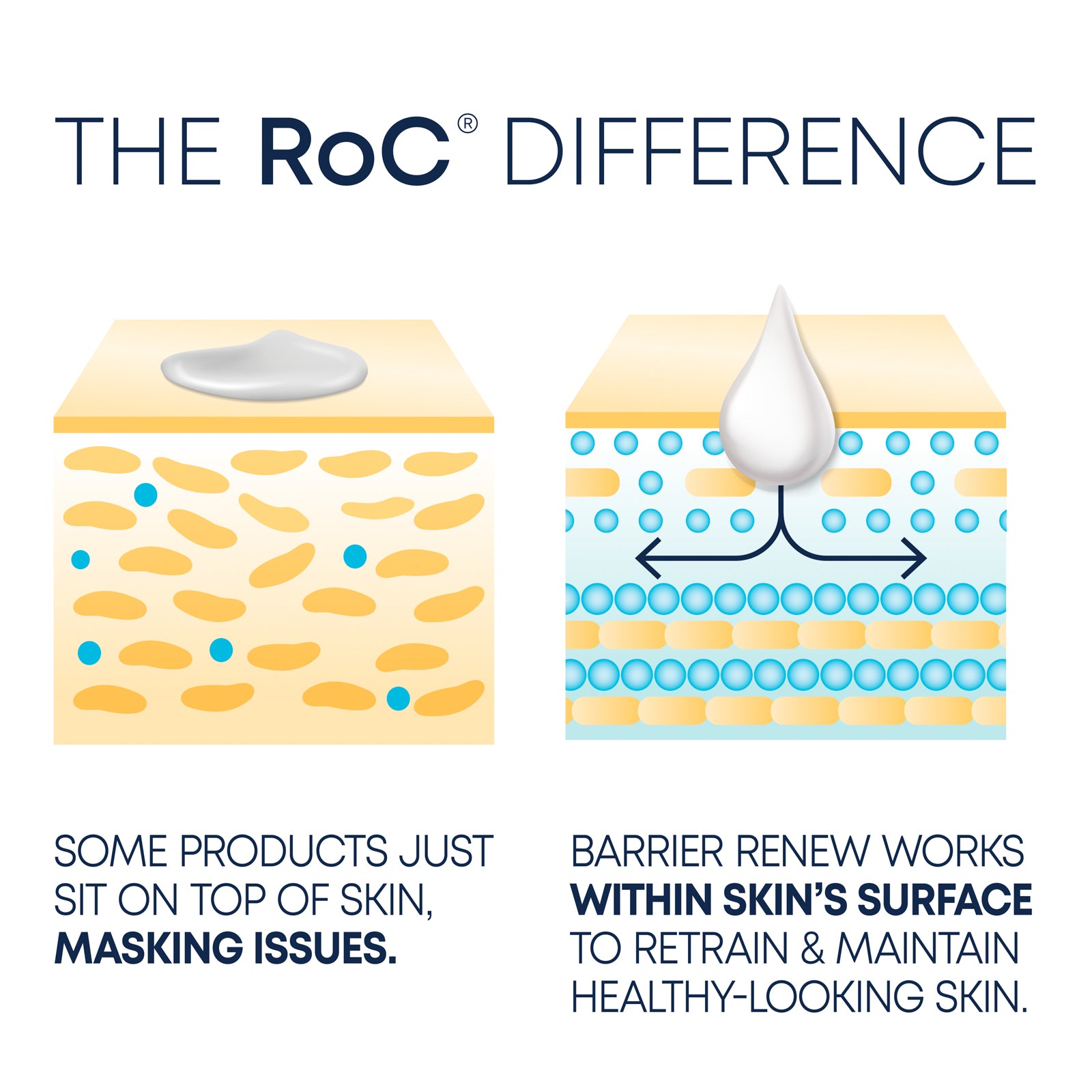
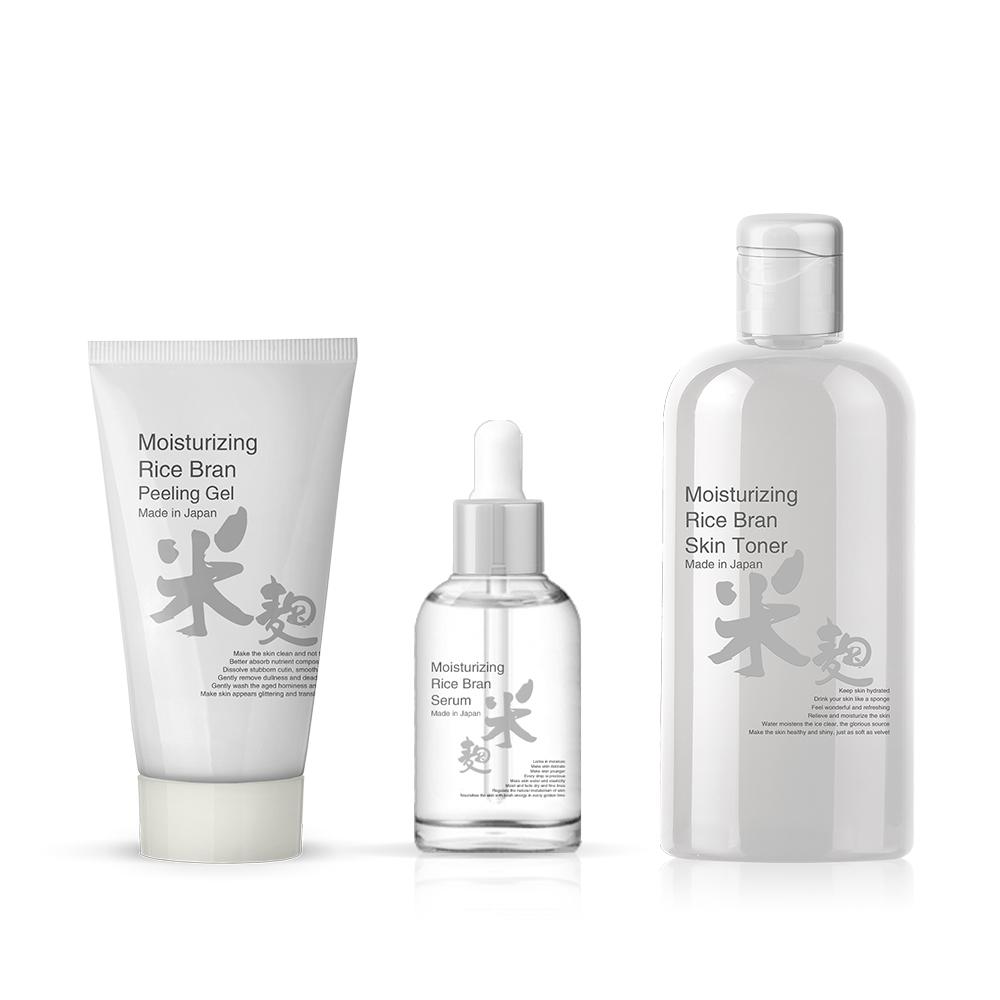
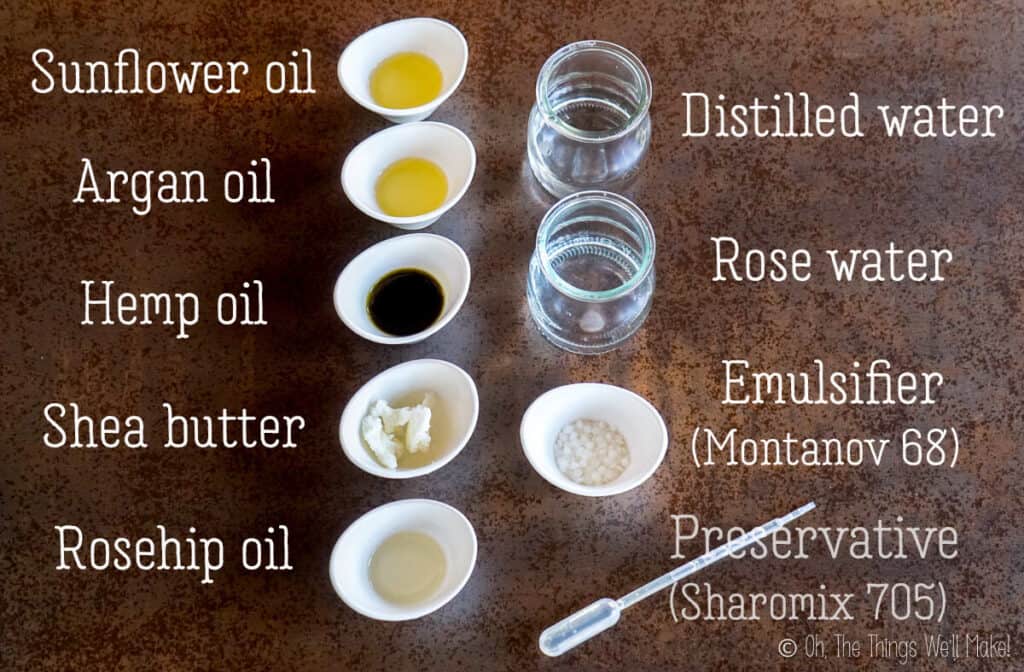





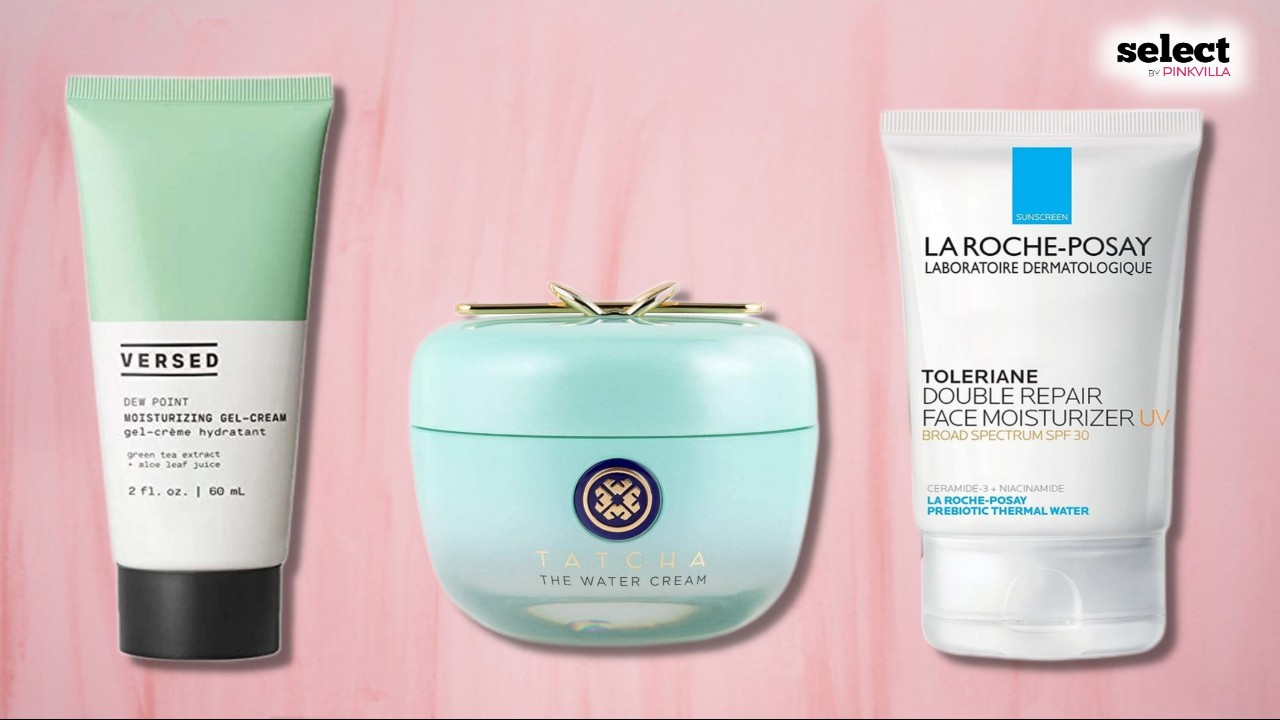
:max_bytes(150000):strip_icc()/best-oils-for-skin-5088968-v1-a542b6a0c89d44bdbfb3258223afe30b.jpg)


